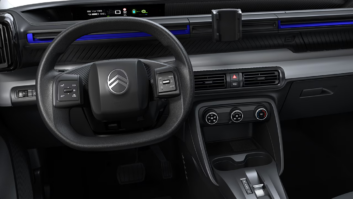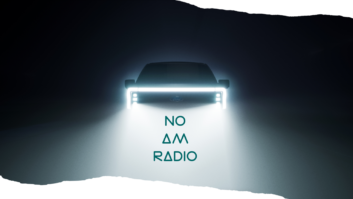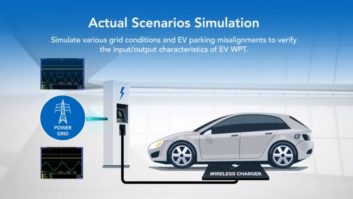While Electric Vehicles (EVs) can serve as a tool to help curb our fossil fuel dependency, they also pose a surprisingly large threat to the radio industry — more specifically AM radio. Some EV automakers are dropping AM altogether due to audio quality concerns, but that’s just one piece of the puzzle as radio continues to fight for space on the dash.
“As carmakers increase electric vehicle offerings throughout their lineups, the availability of AM radio to consumers is declining,” said Pooja Nair, communications systems engineer with Xperi Corp., in a Radio World guest commentary. “This is because the effects of electromagnetic interference are more pronounced in EVs than in vehicles with internal-combustion engines.”
In other words, electromagnetic frequencies generated by EV motors occupy the same wavelength as AM radio signals. The competing signals clash, effectively cancelling each other out. As EV motors grow more powerful, AM static tends to increase.
Generally speaking, this is causing more and more EV automakers to box out AM radio. As James Gilboy of The Drive mentions in a recent article, EVs from Audi, BMW, Porsche, Tesla and Volvo are already sold without AM radios, and it’s been that way for years.
According to Gilboy, BMW and Volvo said they left AM radio in the dust due to audio quality problems rooted in electromagnetic interference — as previously mentioned — of which EVs’ drivetrains produce a significant amount. He said cars’ engines and other complex electronics have always made EM interference, but “low-wattage static is relatively easy to shield against.”
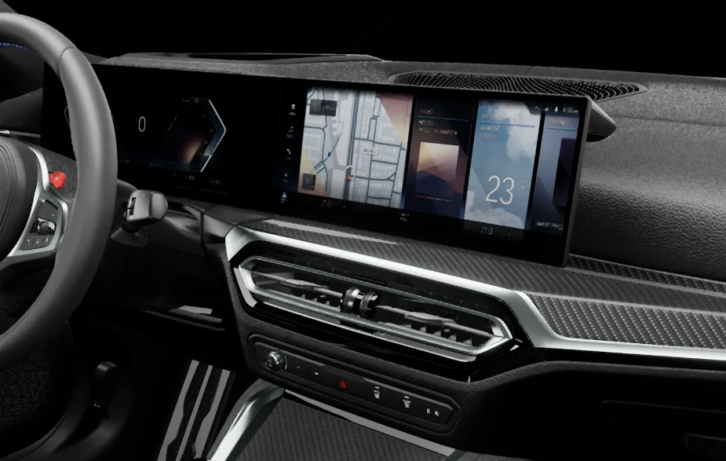
[Related: “Control EMI, don’t dump AM receivers“]
Although, not all automakers have ditched the service. Ford, General Motors and Stellantis have produced or currently make EVs that include AM radio, even on flagship models said Gilboy. That goes for everything from the Ford F-150 Lightning and Mustang Mach-E to the Chevy Bolt EUV and GMC Hummer, among others.
In Europe, the switch to EVs, and the subsequent edging out of AM radio, is even more prominent. This summer, the European Union’s 27 member nations agreed on laws that would end the sale of new combustion-engine cars by 2035. The measure is intended to help achieve the continent’s climate objectives, in particular carbon neutrality, by 2050.
In 2015, Radio Info reported that AM stations were shutting down en masse from France to the Netherlands and Russia. The band has largely been superseded by the DAB format. According to recent figures released by WorldDAB, 95% of new cars sold in key European markets were equipped with DAB+ receivers as standard in 2021.
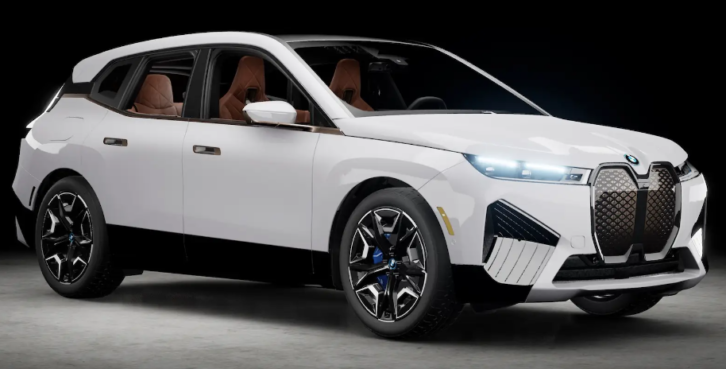
[Related: “Across Europe, Most New Cars Are DAB+ Equipped“]
Looking at this issue with a wider scope, AM/FM listening on average is slowly trending down, according to Jacobs Media’s annual TechSurvey findings. The percent of people who listen to AM/FM radio on any kind of device for one hour or more each weekday stands at 86% in the 2022 survey. That’s a dip from 88% in 2021 and 90% in 2020.
Coming back to Pooja at Xperi, she wrote that instead of removing AM radio services from EVs, automakers should control EMI emissions and offer the “superior consumer audio experience” afforded by AM all-digital HD Radio technology.
This is an issue about which we are likely to hear much more. What is your take? We invite industry-oriented commentaries and responses. Send to Radio World.
